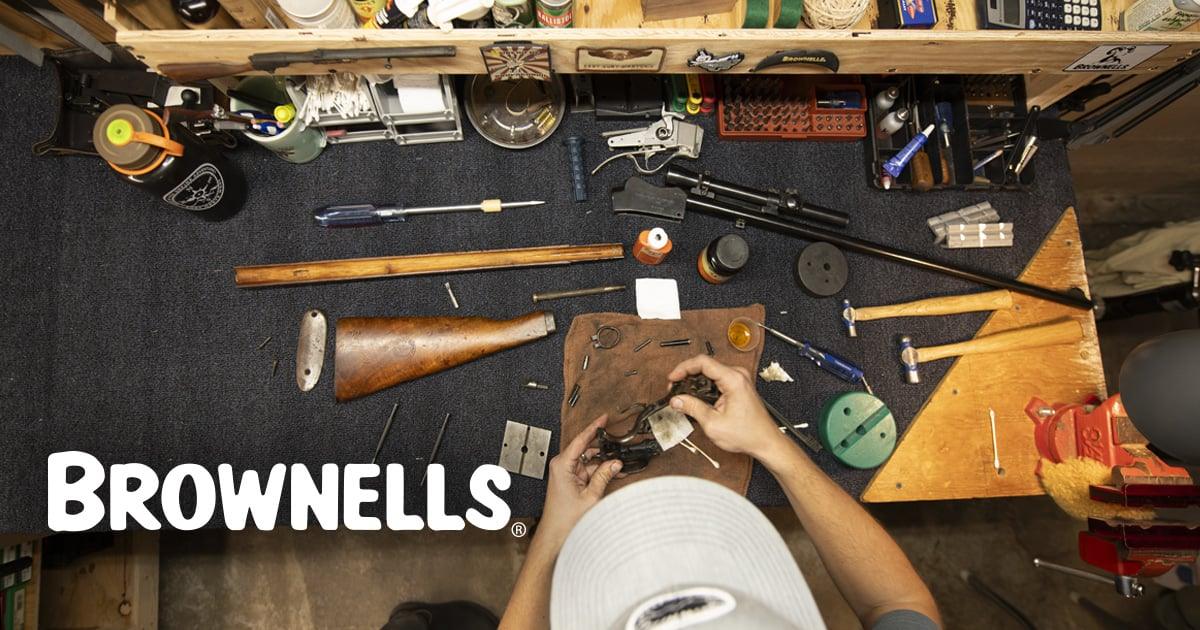Well I'm an original about a lot of things. In the seventies the real serious shooters I knew would take a new gun apart spending weeks removing burrs and rough places with files and other tools to get a perfect "weld" so to speak between surfaces.
Had a buddy that ran a machine shop who used a lot of different lapping compounds for various applications, most of which are different sizes of grit suspended in oil.
Jewelers use the stuff that is like playdough but I didn't it very useful at least not until I got my first dremel which I'll use now to get the worst "roughage" removed.
There are LC's made specific to the firearms industries like those available through places like Midway and Brownell's but you can also buy them at your local automotive supply house.
Keyword Search | Brownells

www.brownells.com
As for the barrel I have and will continue to use lapping compound as part of my breakin procedure, for that I only use extremely fine grit compounds.
I wet a loose patch, run int through, fire a few rounds, clean, and repeat until my velocities and groups begin to tighten up nicely.
I came to that looking at the Tubb's method using bullets coated in lapping compound to accomplish the same thing but found it produced very uneven results. This works a lot better.
If you've got an action with serious QC issues this won't solve it but it's sure helped me with some that just weren't quite smooth enough to suit me.
Keyword Search | Brownells

www.brownells.com
A high quality silicon carbide abrasive paste that is used for lapping the bore of a firearm, the bolt face, bolt lugs and a hundred other uses where a...

www.midwayusa.com
Unless things are really bad I generally start with 600gr and will step things down slowly to 1200gr. If I'm lazy and in a hurry I may use a mix of 600, 800, 1,000 and 1200gr.
It's all done by "feel".
I never put anything harsher than 800gr down the pipe even on a really rough looking barrel for fear of making things even worse.


